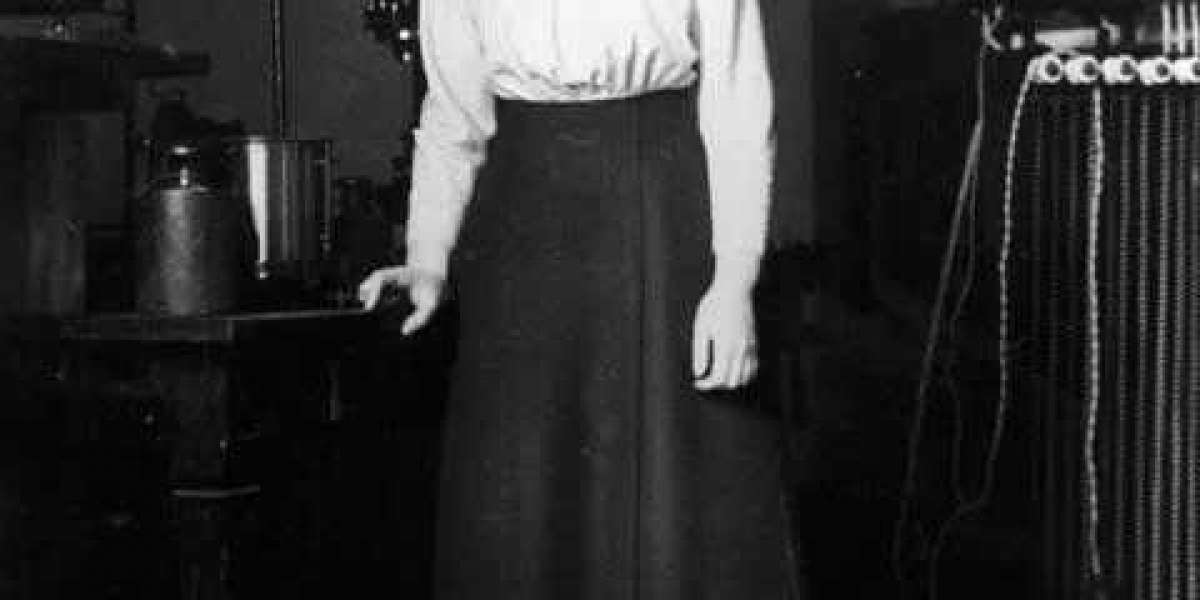Hedwig Kohn Physicist, contributed significantly to spectroscopy, studying the interaction between light and matter. She was one of the few women who obtained habilitation in physics before World War II, the highest academic qualification in Germany. She also faced many challenges and hardships due to her Jewish heritage and gender and had to flee from Nazi persecution and start a new life in the United States.
Hedwig Kohn Physicist Career:
After earning her doctorate, Kohn became Lummer’s assistant at the Physics Institute of Breslau University. She taught and supervised doctoral students and conducted research on various topics related to spectroscopy. She developed new methods and instruments for measuring the intensity and wavelength of light emitted by different sources, such as black bodies, atoms, and molecules.
In 1930, she obtained her habilitation in physics, becoming one of only three women (along with Lise Meitner and Hertha Sponer) to achieve this qualification in Germany before World War II. This enabled her to teach as a private lecturer at the university. She also became a member of several scientific societies and associations.
Escape from Nazi Germany
However, Kohn’s career and life were disrupted by the rise of Nazi power in Germany. In 1933, she was dismissed from her position at the university due to the Law for the Restoration of the Professional Civil Service, which barred Jews from government service. She also lost her membership in scientific societies and associations.
She managed to survive by doing applied research for the lighting industry until 1938. She also spent three months in Switzerland in 1935, working at the Licht-Klimatisches Observatory in Arosa. However, she could not find a permanent job or refuge there.
In 1938, after the Kristallnacht pogroms against Jews, Kohn realized that she had to leave Germany as soon as possible. Her only brother was deported to Lithuania and killed by the Nazis. She sought help from her former colleagues and friends abroad, especially Rudolf Ladenburg, who had been her research director in Breslau and had emigrated to Princeton University.
She chose the latter option because it offered her more freedom and independence. She received a visa to travel to Sweden via England in 1939. However, due to the outbreak of World War II, she had to wait until 1940 to sail from Stockholm to New York.
Life and Work in the United States
In 1942, she moved to Wellesley College as a visiting professor. There she met James Franck, a Nobel laureate physicist who escaped Nazi Germany. He invited her to join his research group at Duke University in Durham, North Carolina, where he worked on atomic energy projects related to the Manhattan Project.
In 1946, she became an associate professor at Duke University and continued her research on spectroscopy. She also mentored and trained many students and young scientists, including William H. Vaughan, who became a prominent spectroscopist. She retired in 1952 but remained active in the scientific community until she died in 1964.
Conclusion
Hedwig Kohn Physicist left a lasting legacy in the scientific world. She was also a courageous and resilient woman who faced adversity with dignity and determination. She is a role model for all aspiring physicists, especially women, who want to pursue their passion and make a difference.








